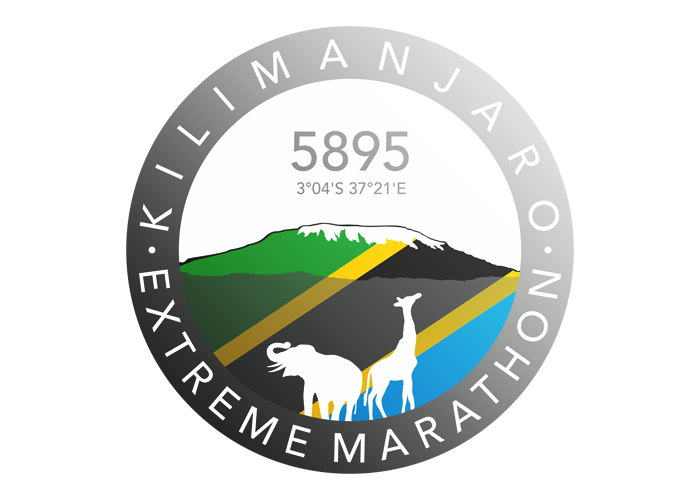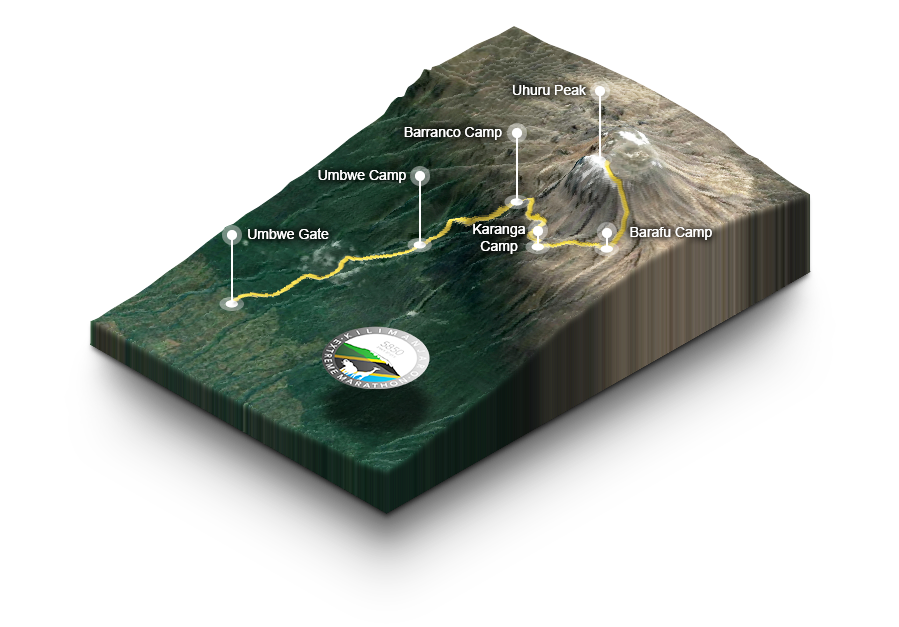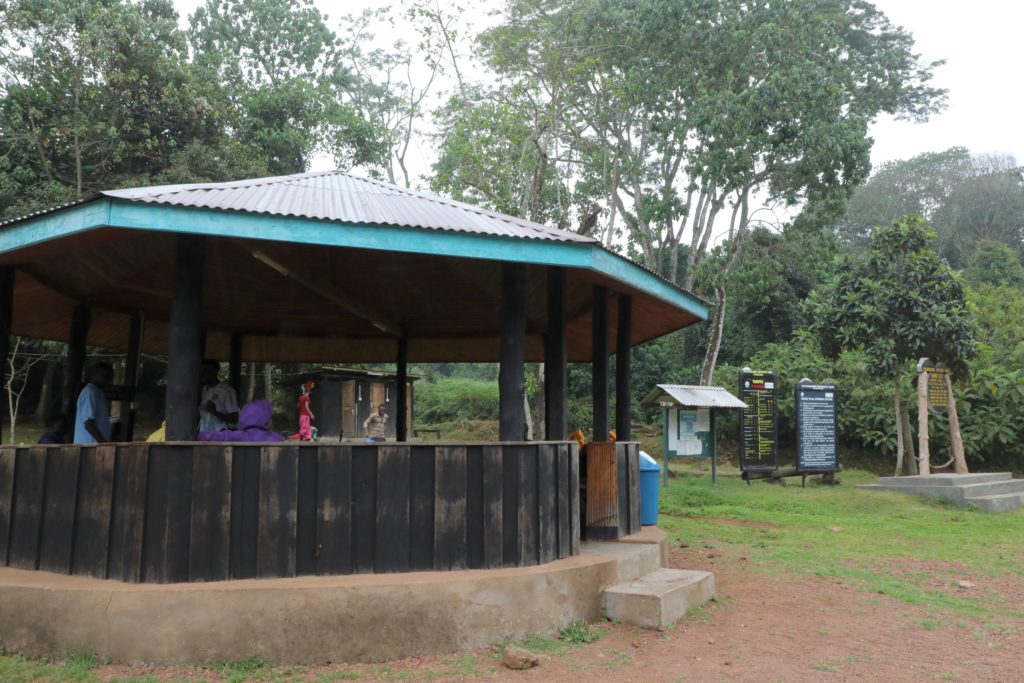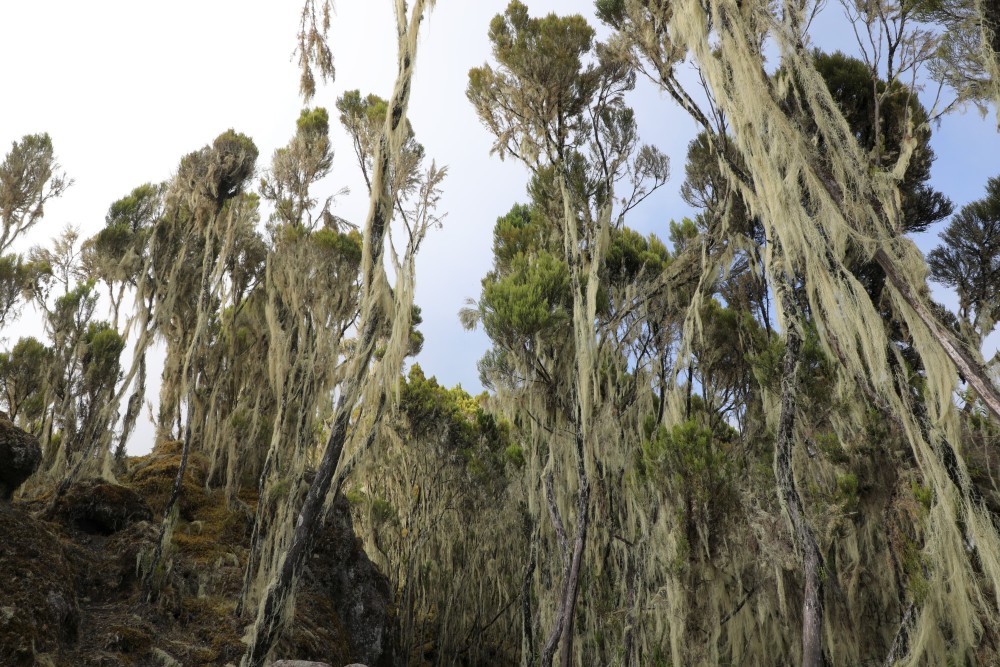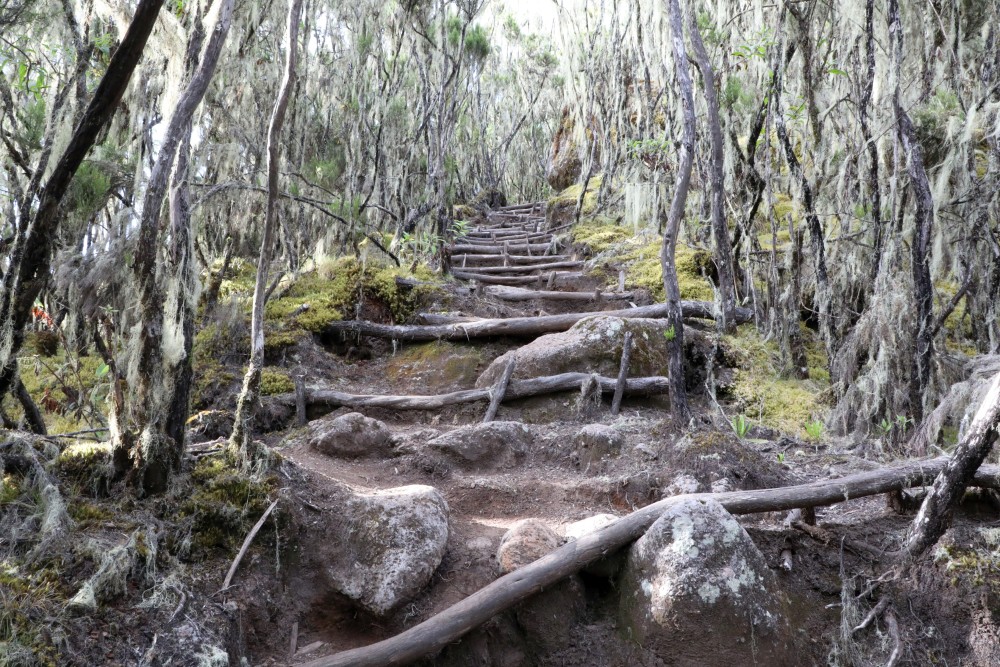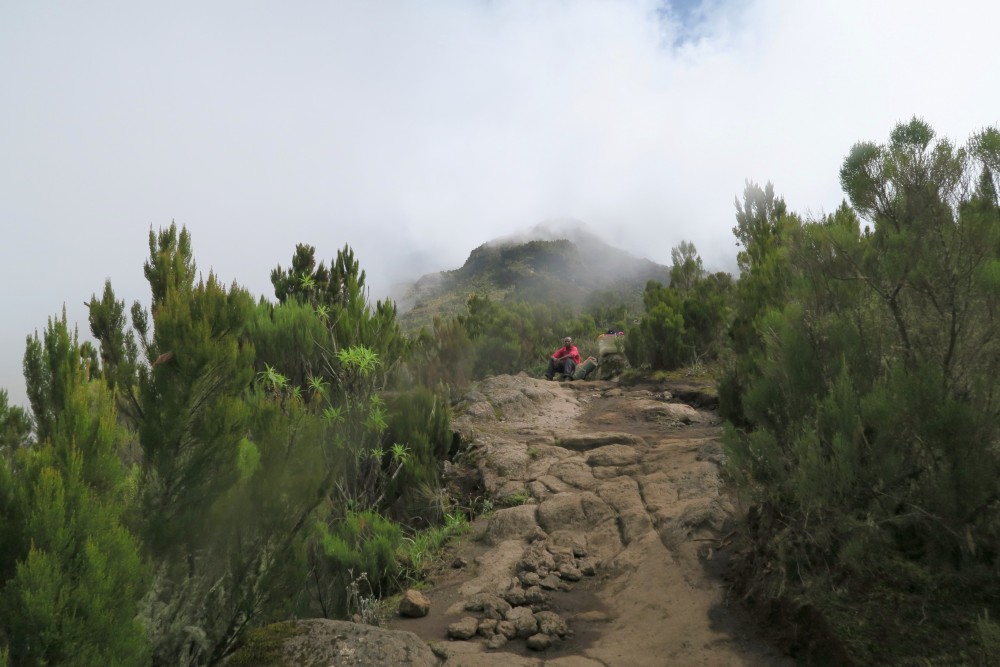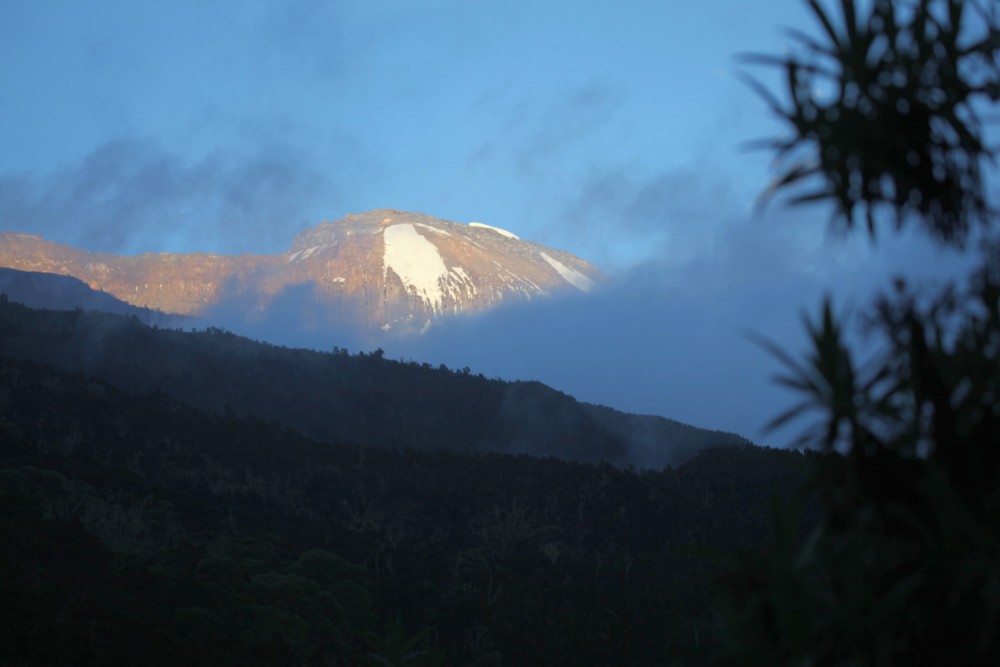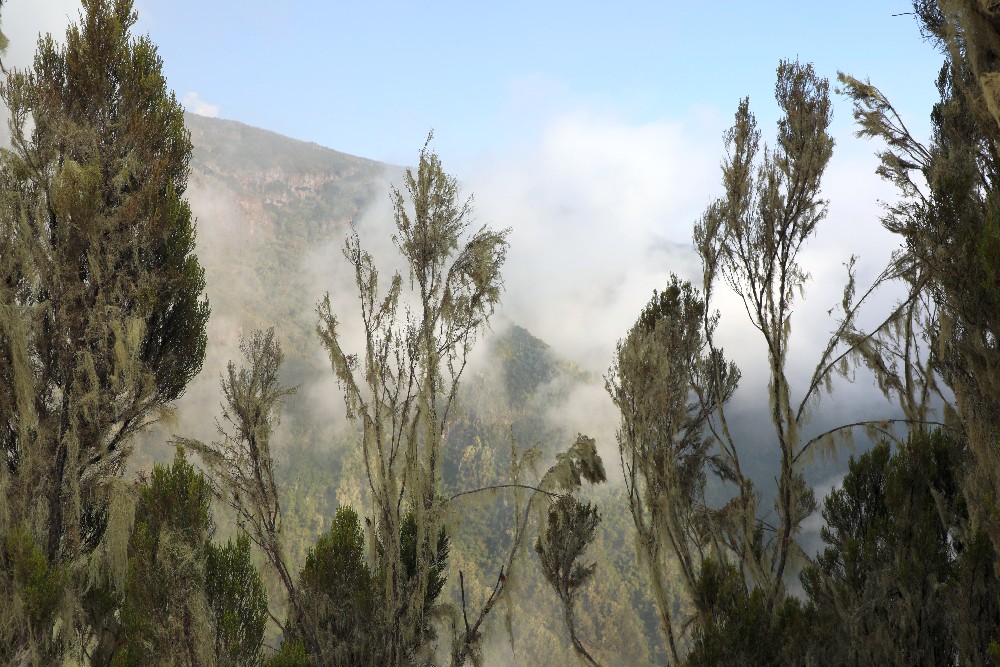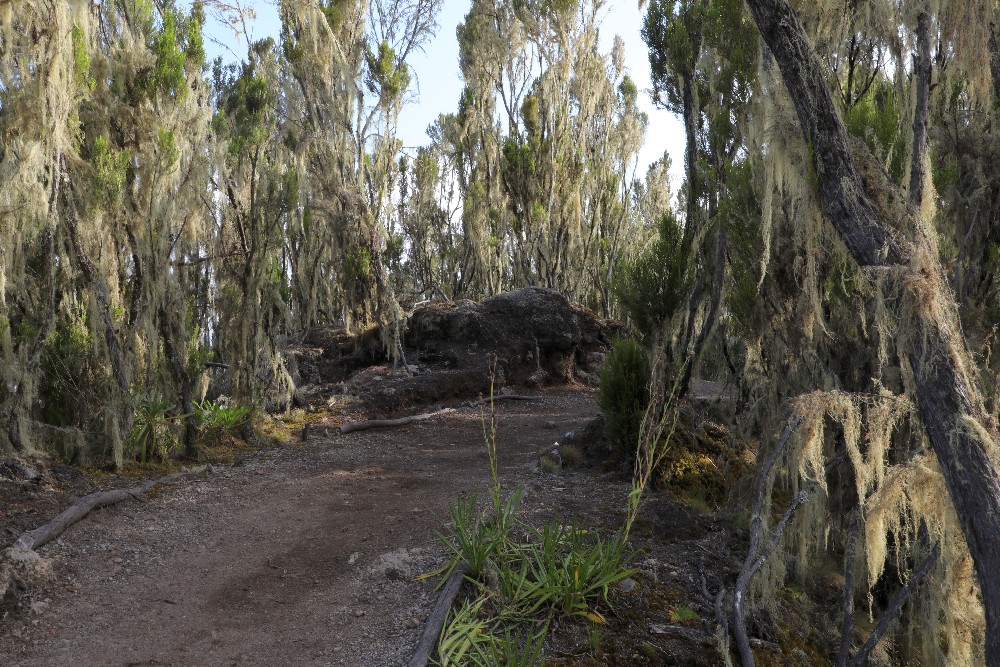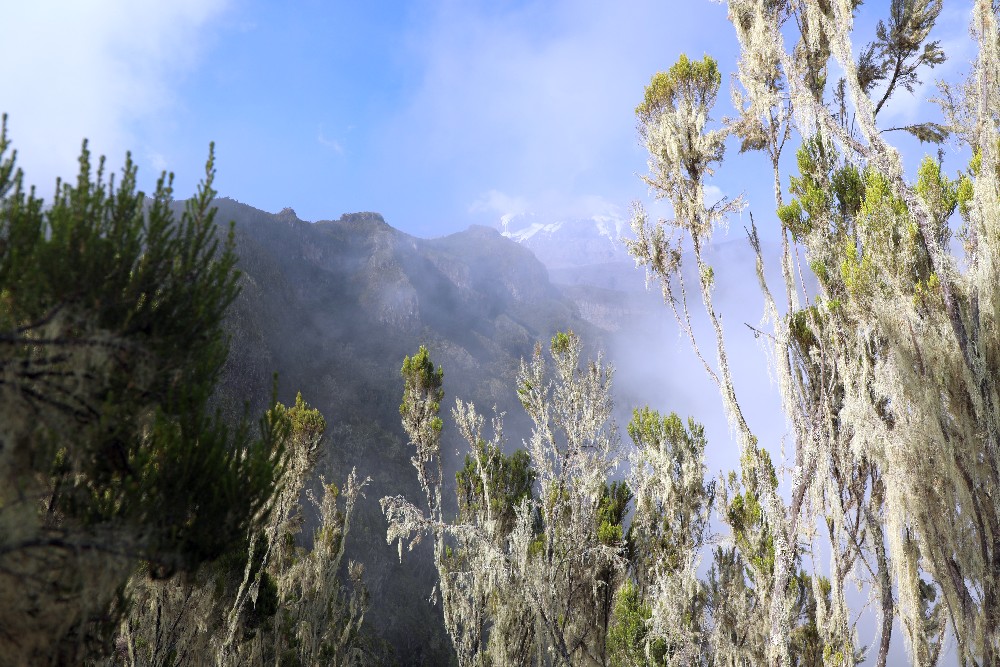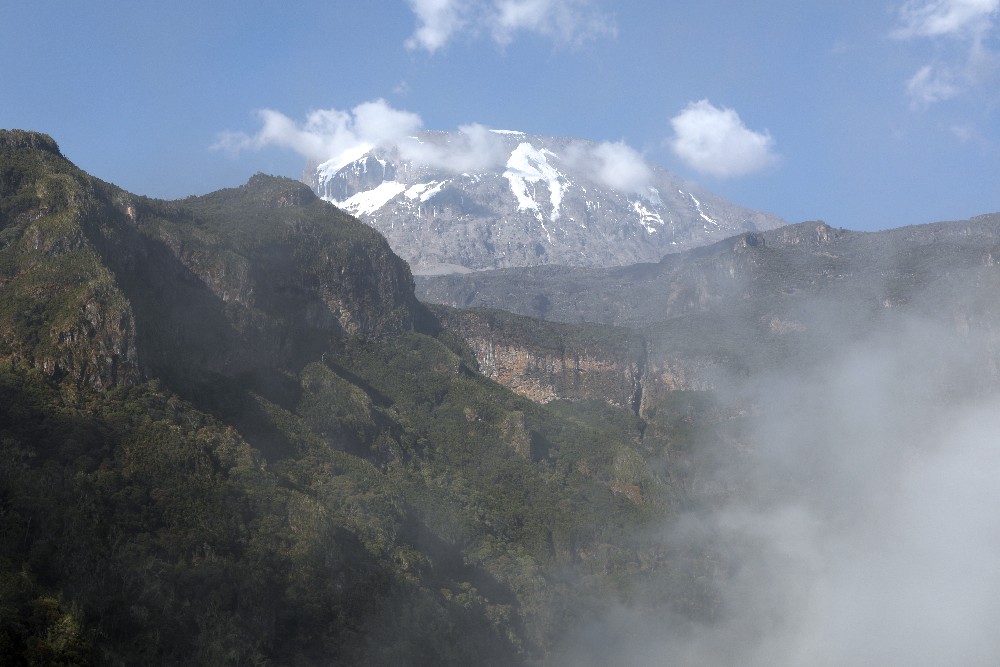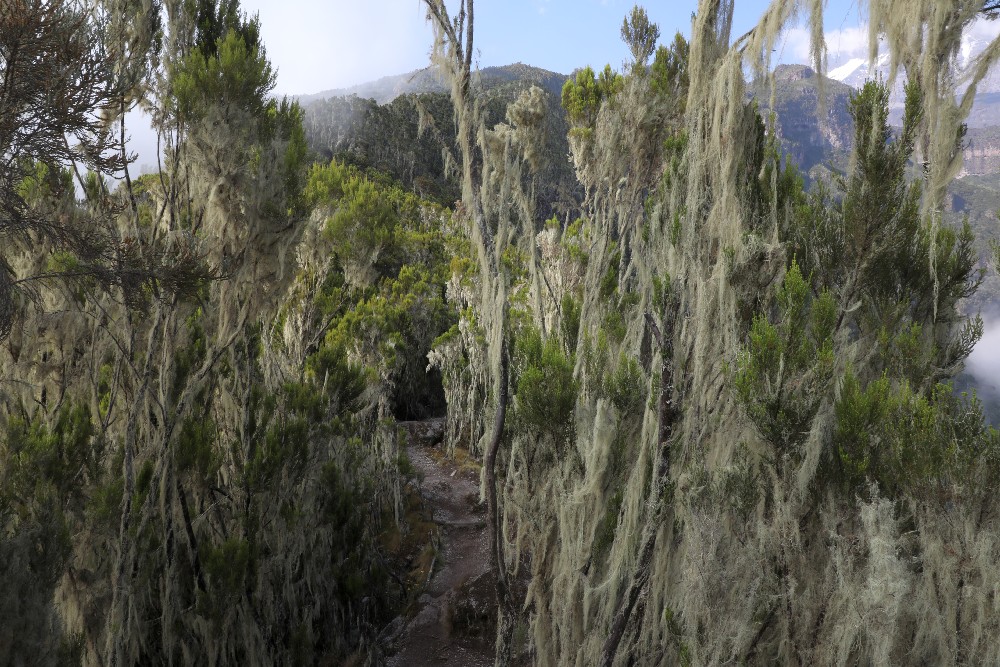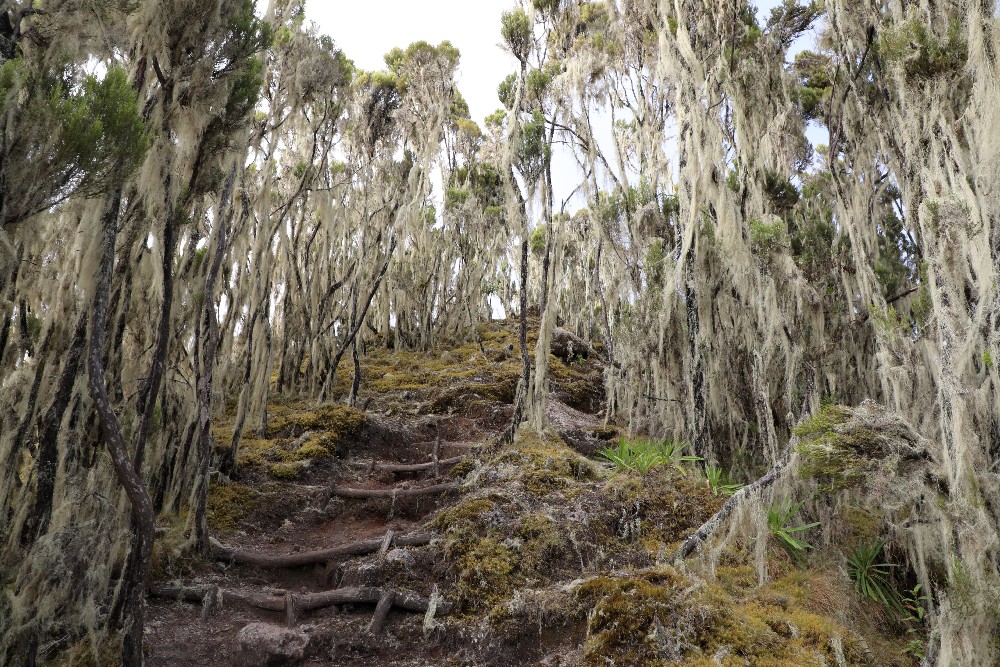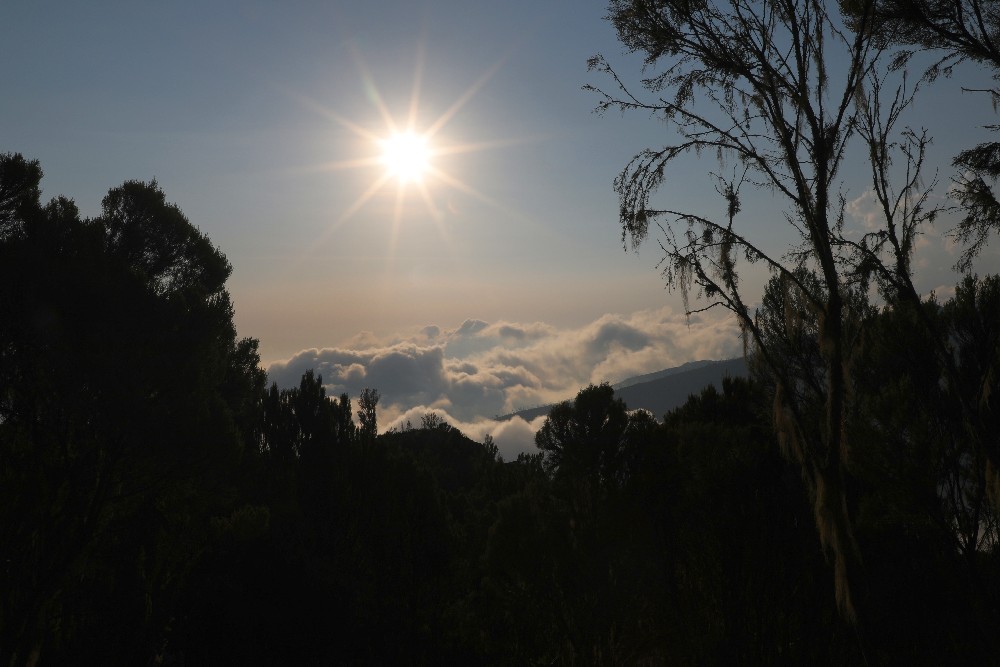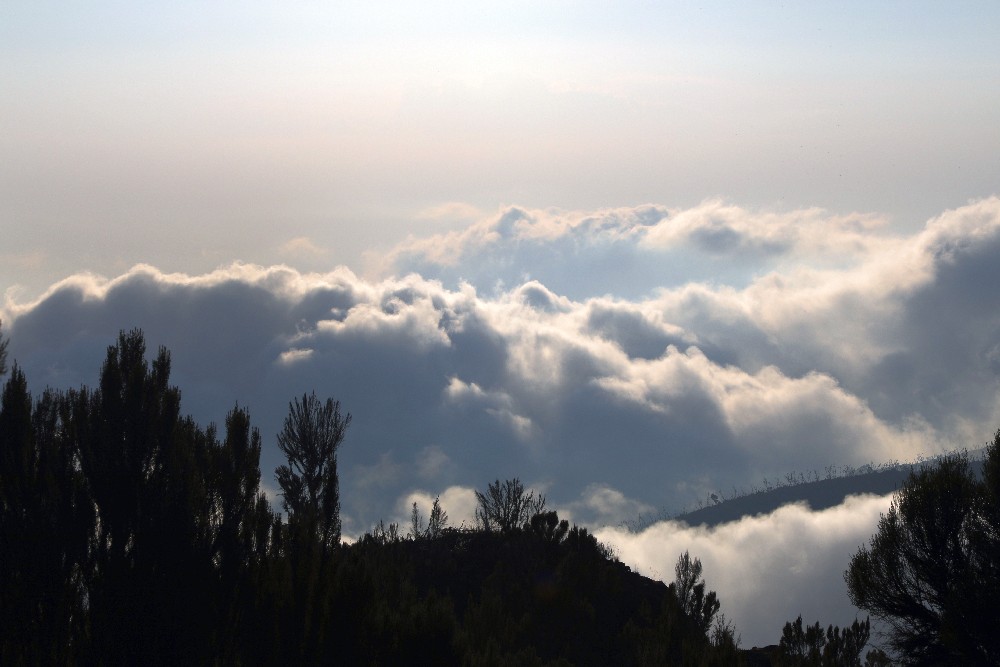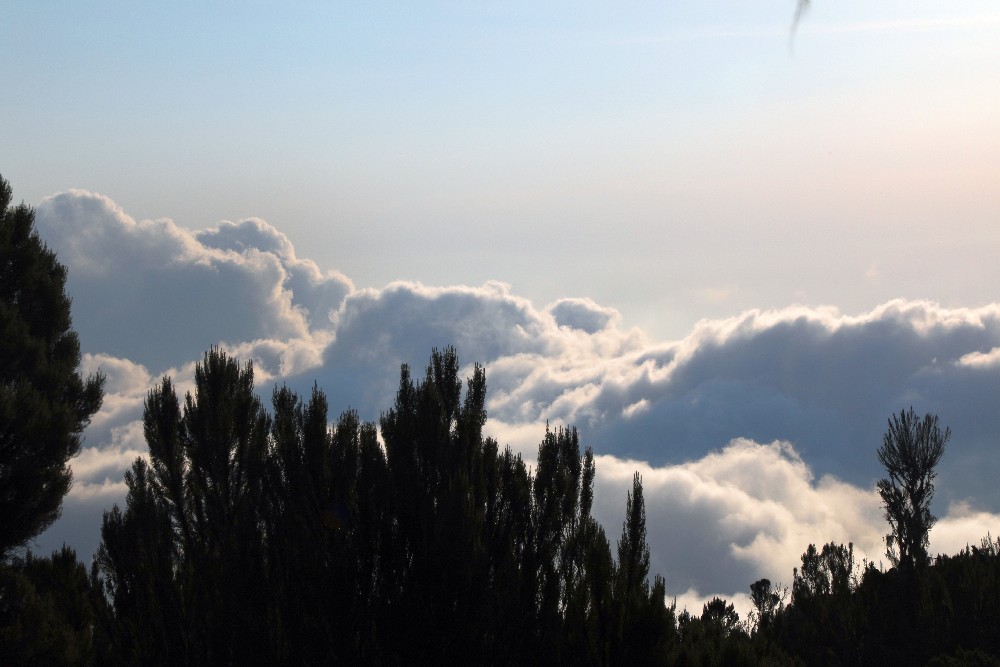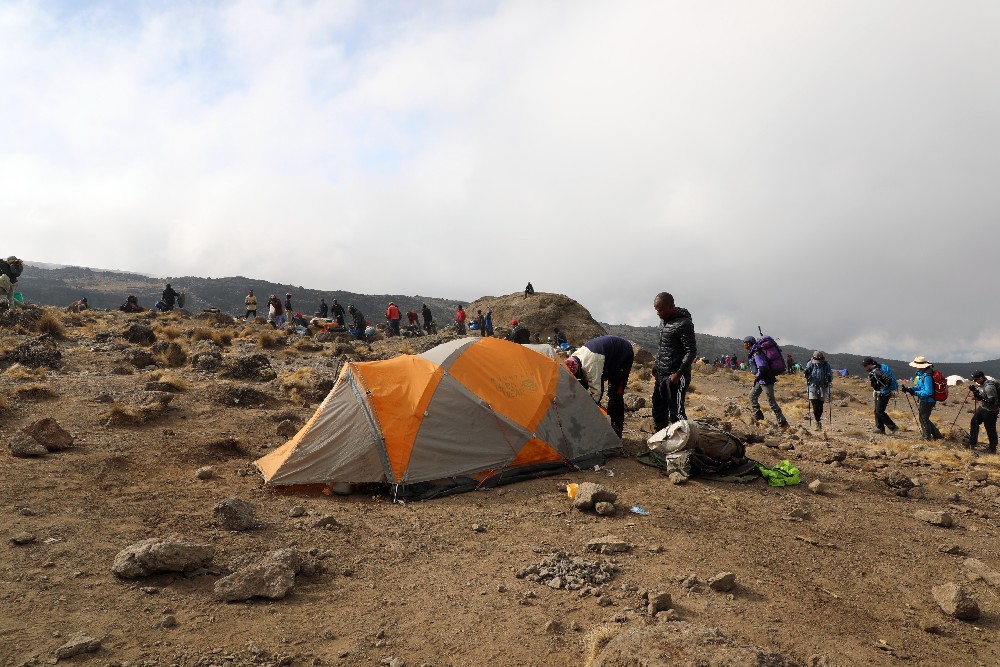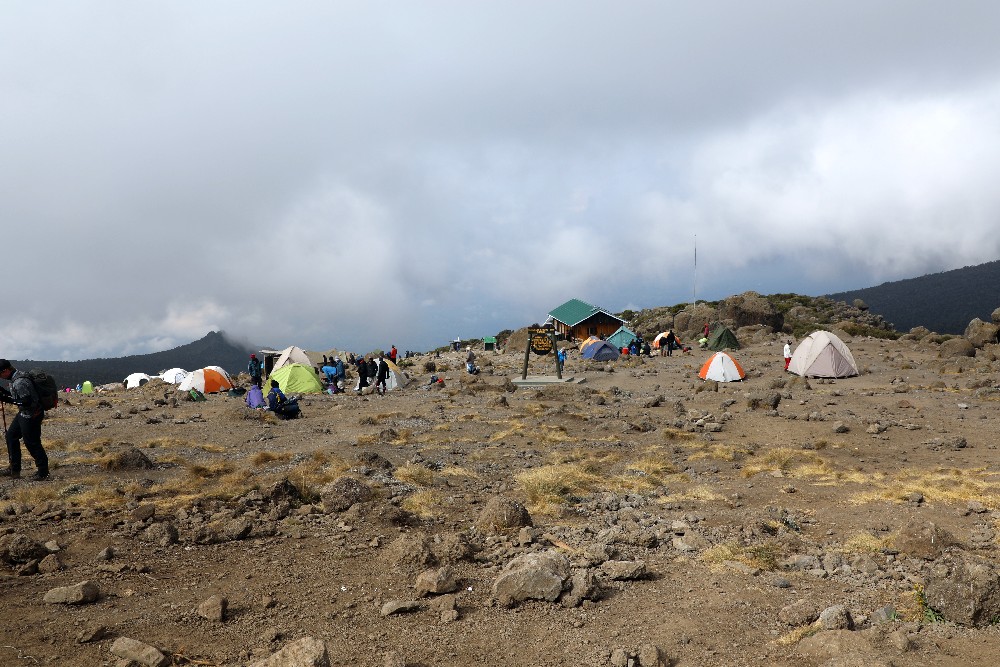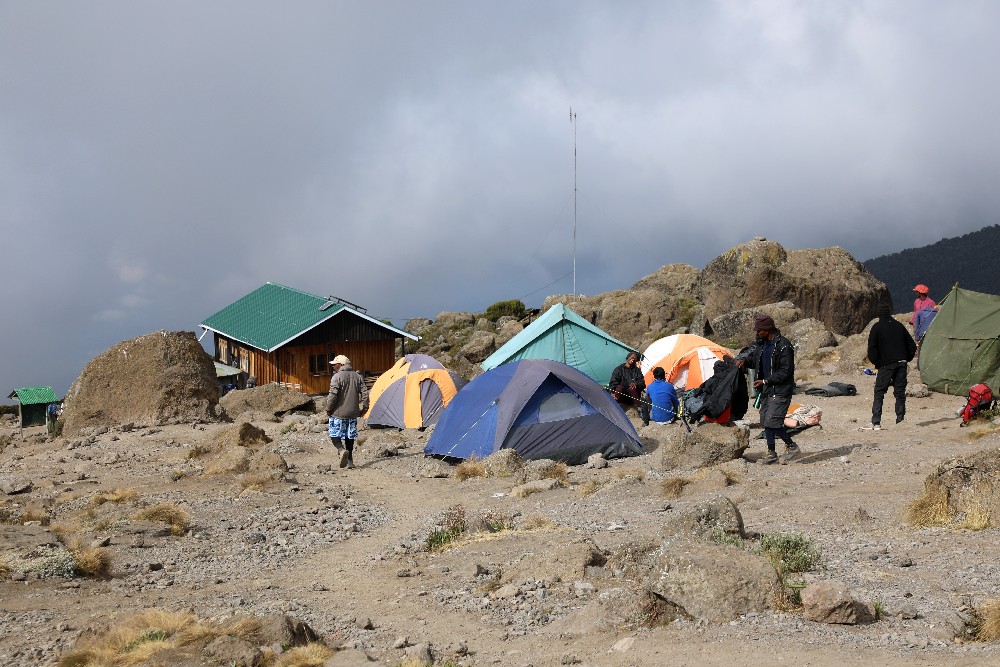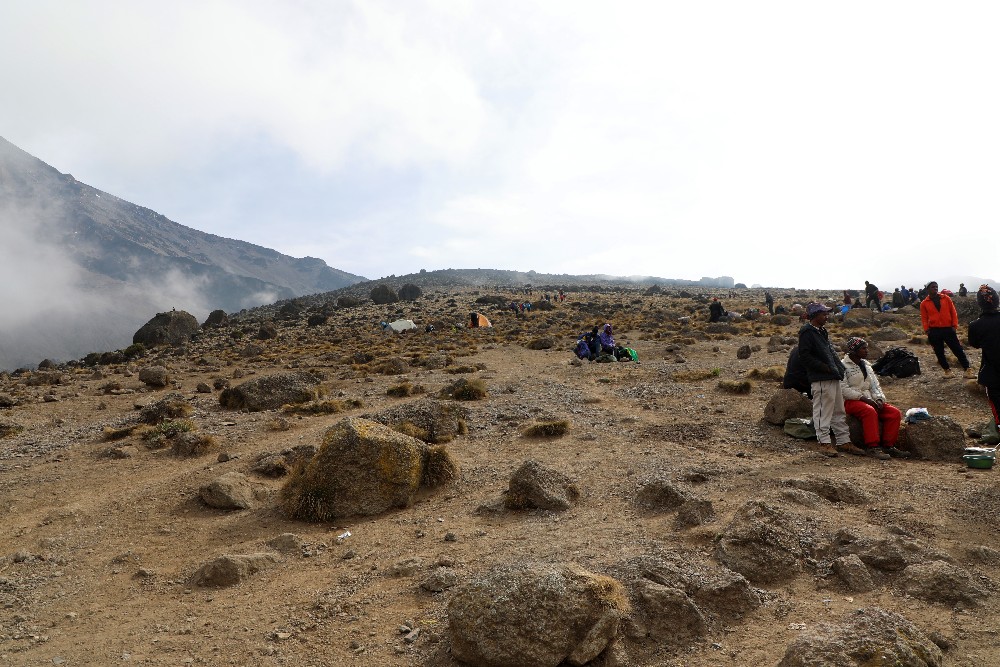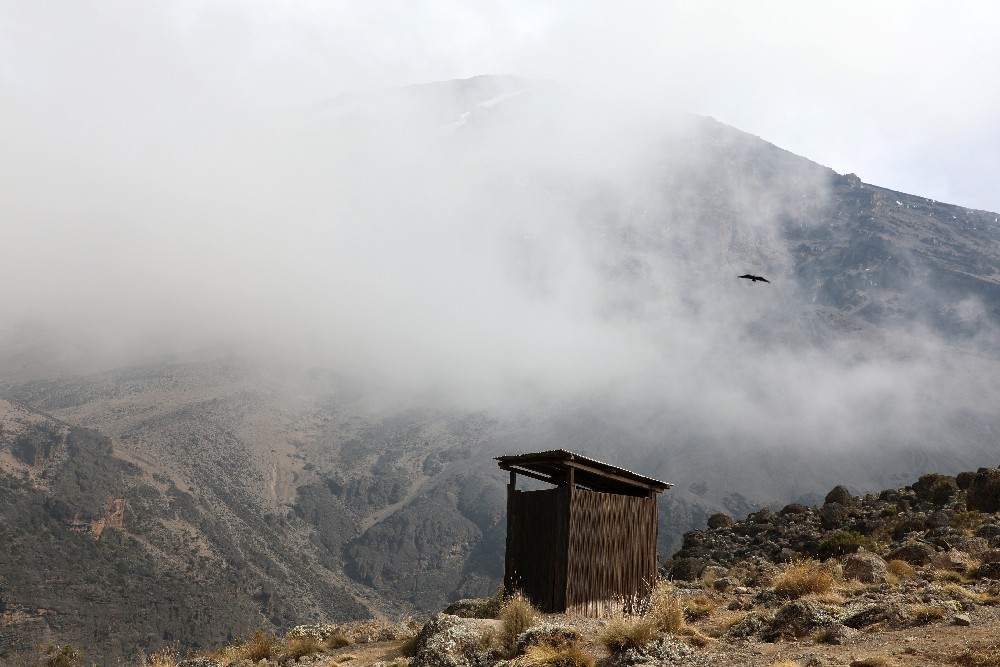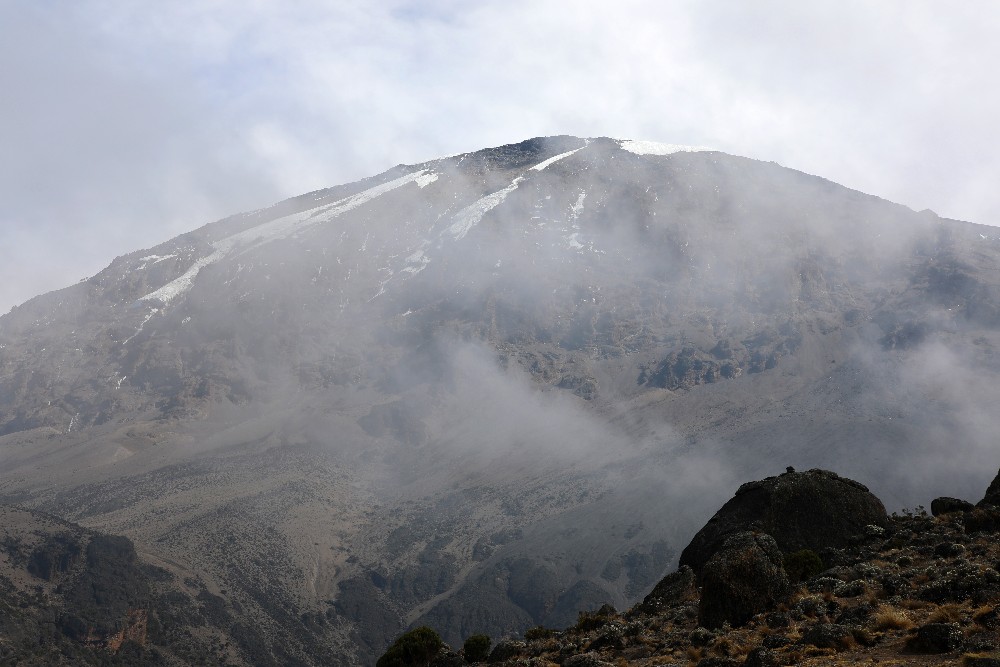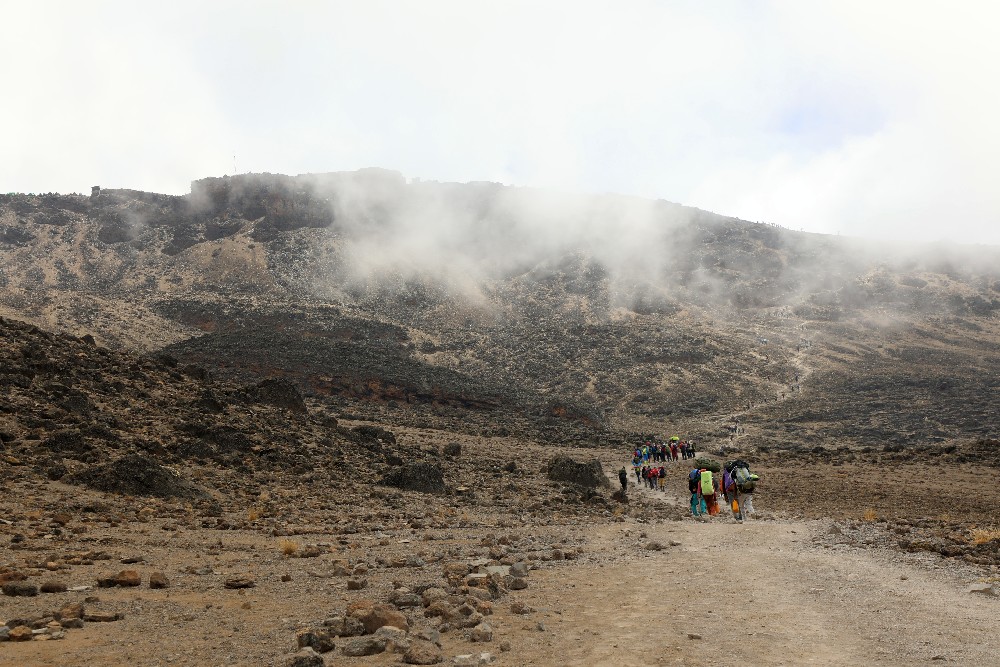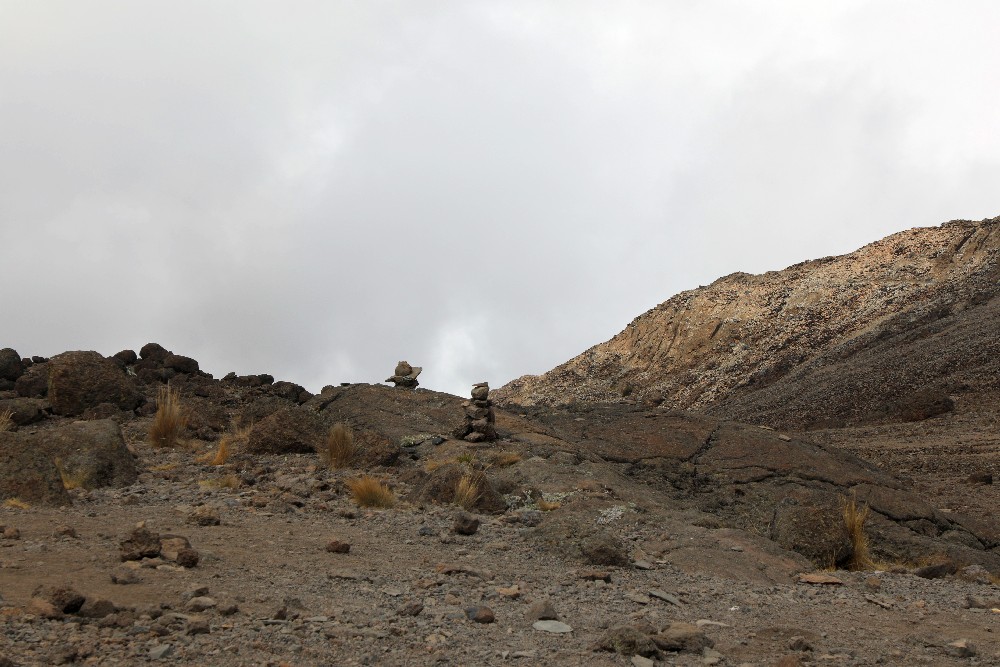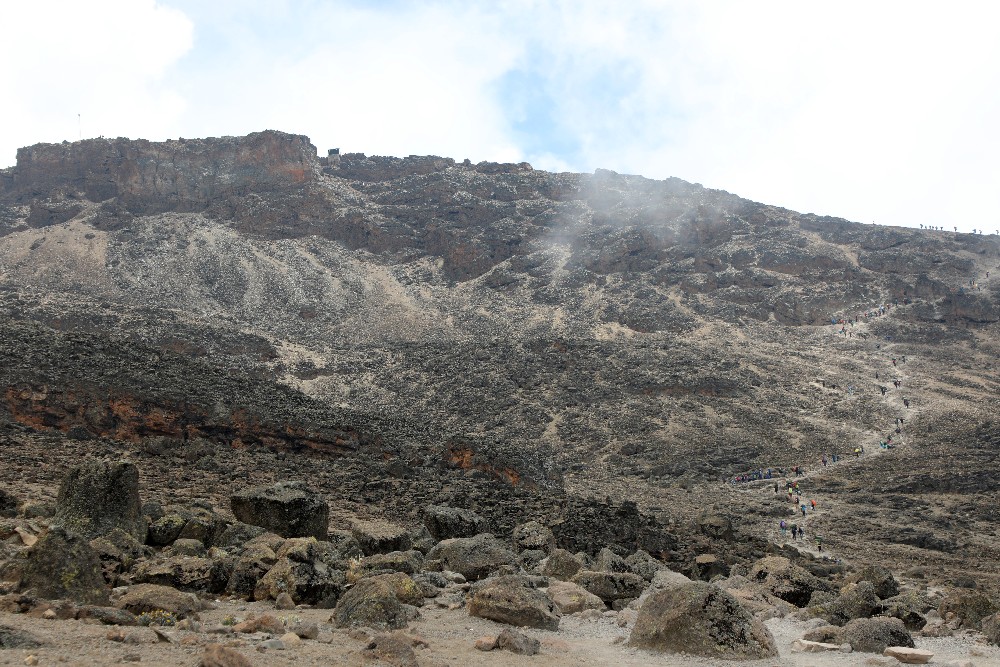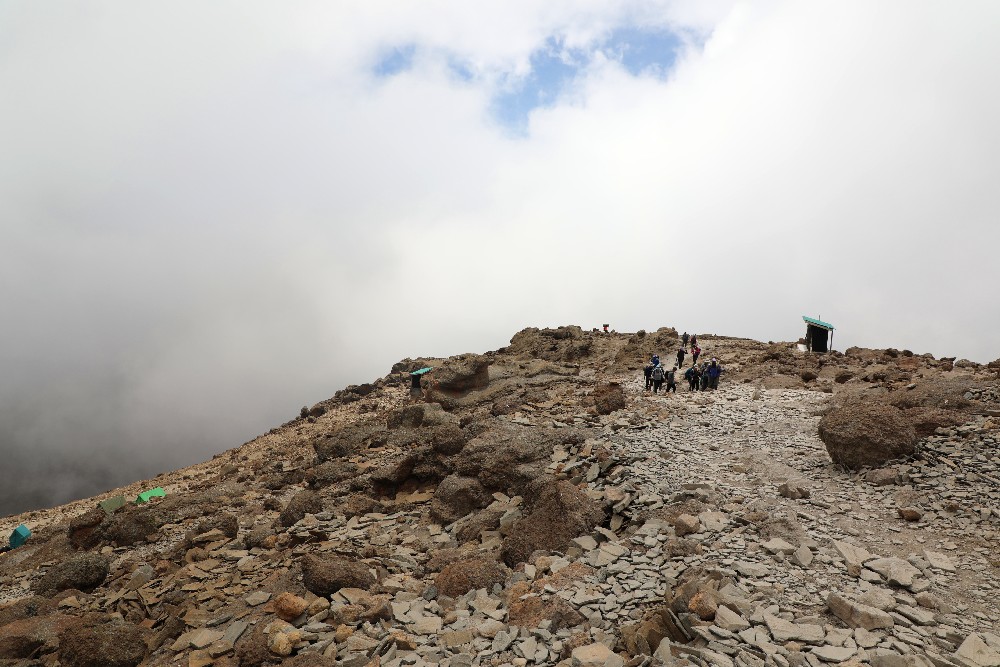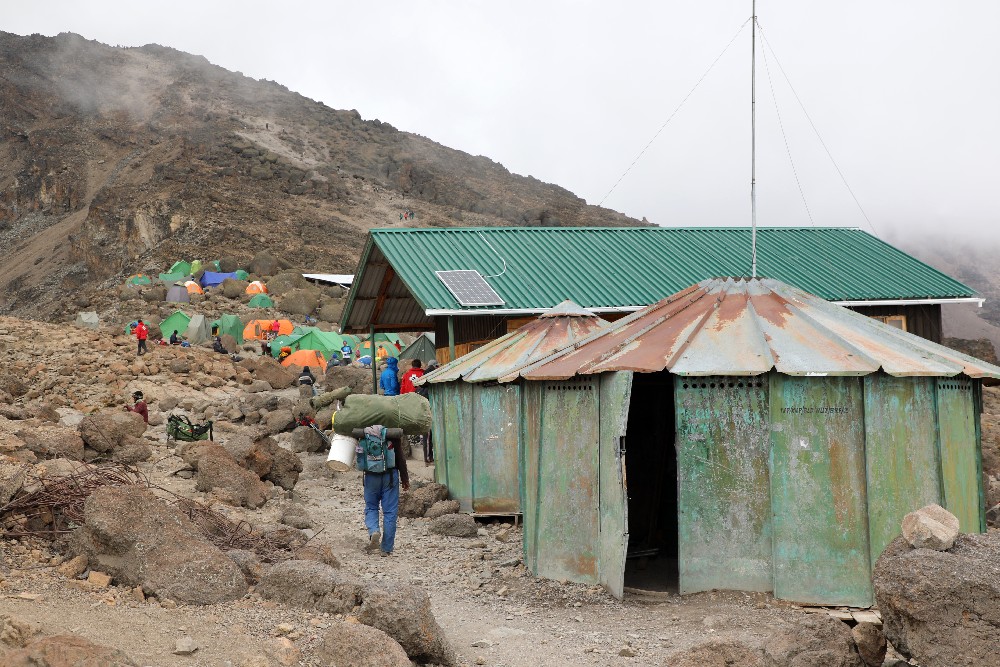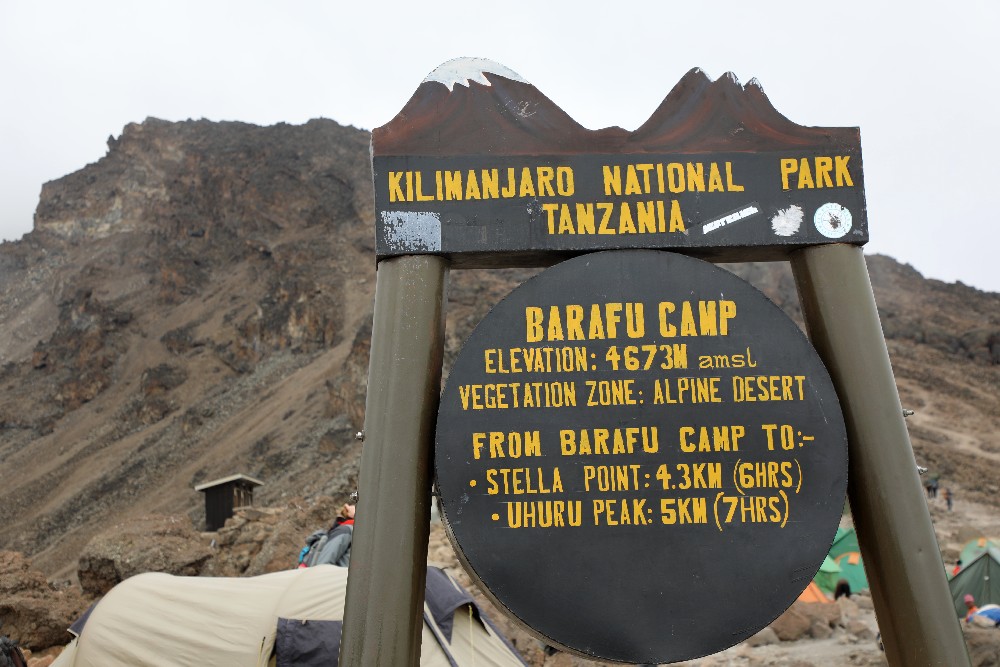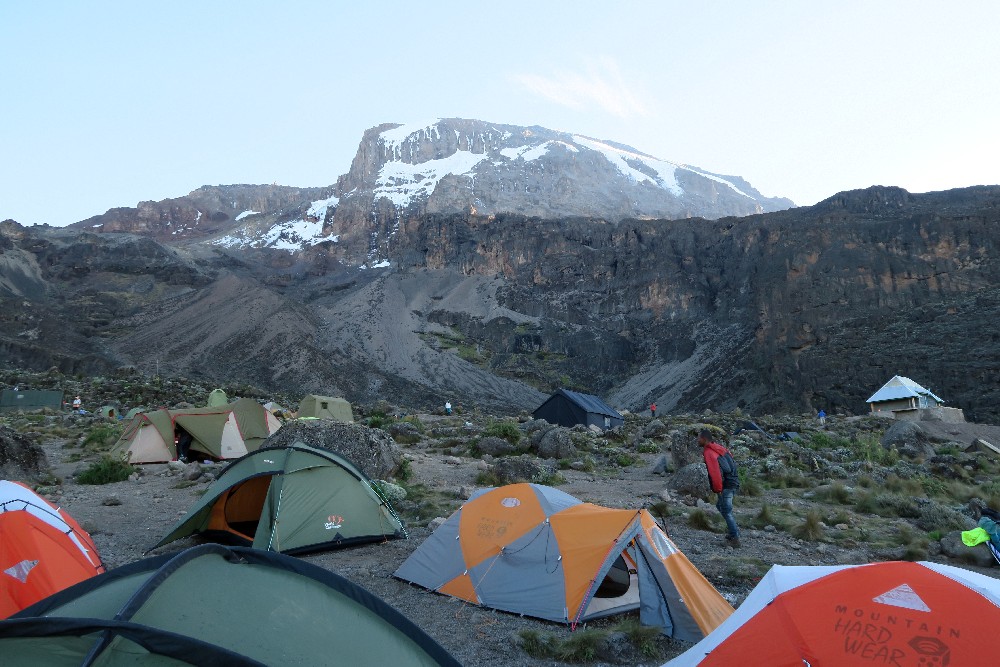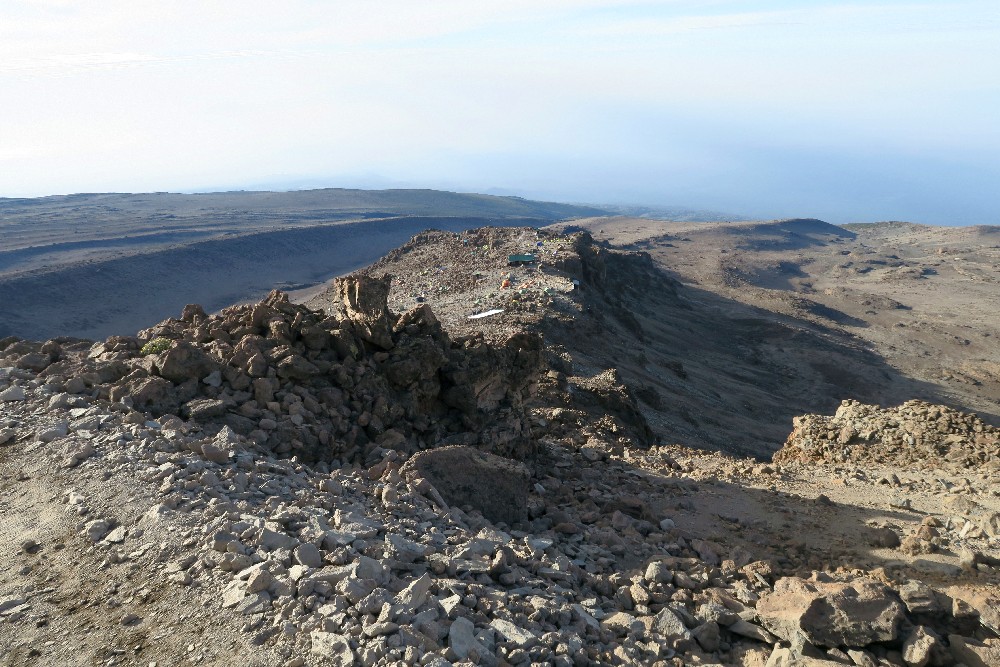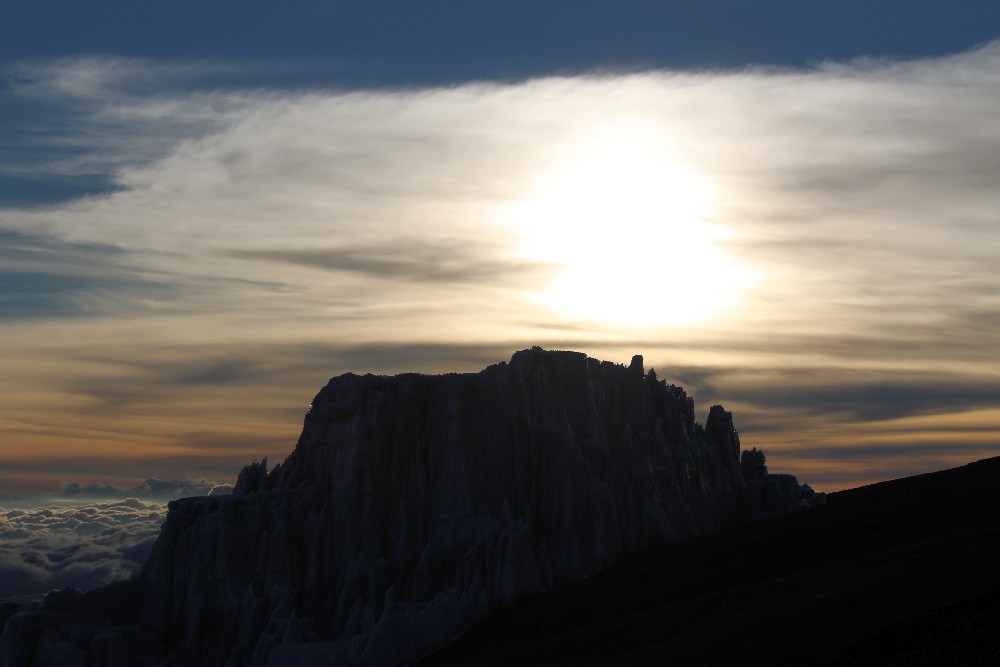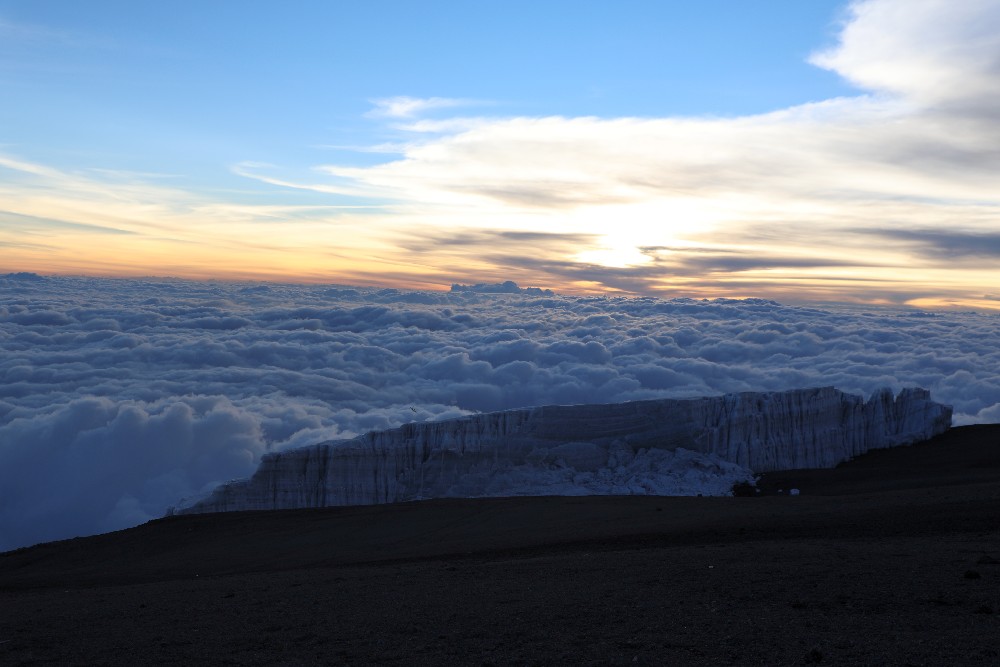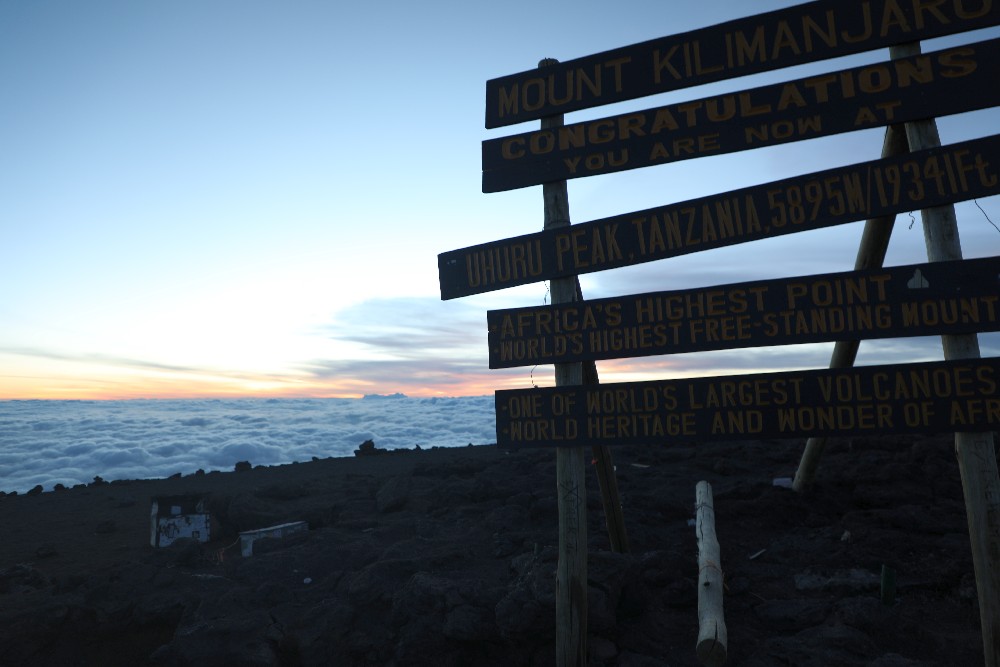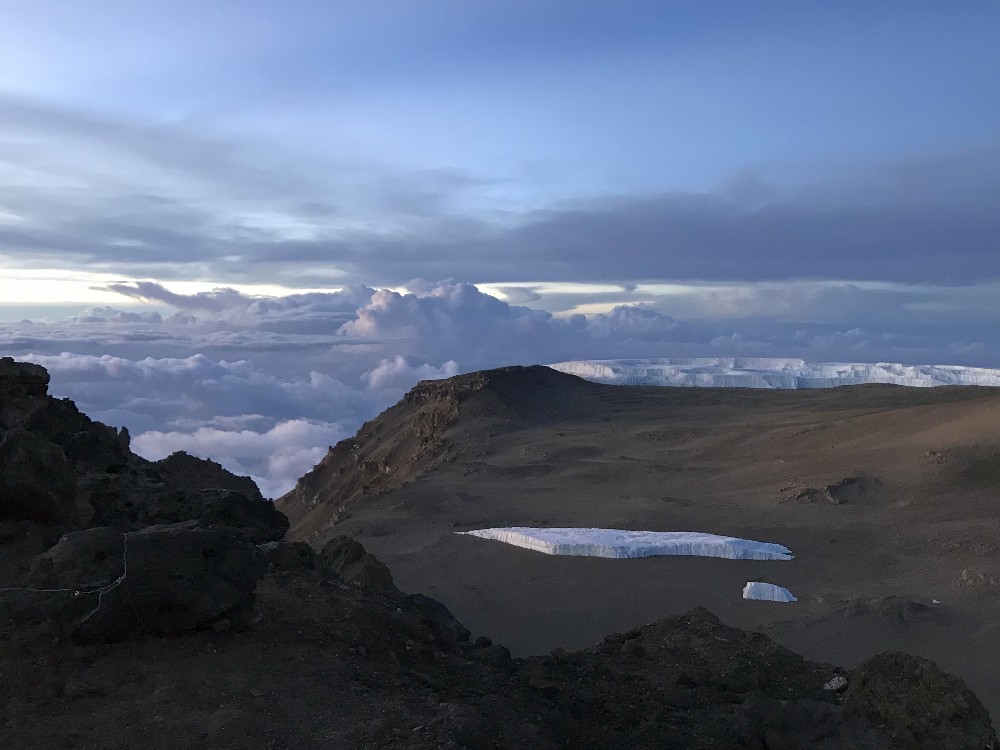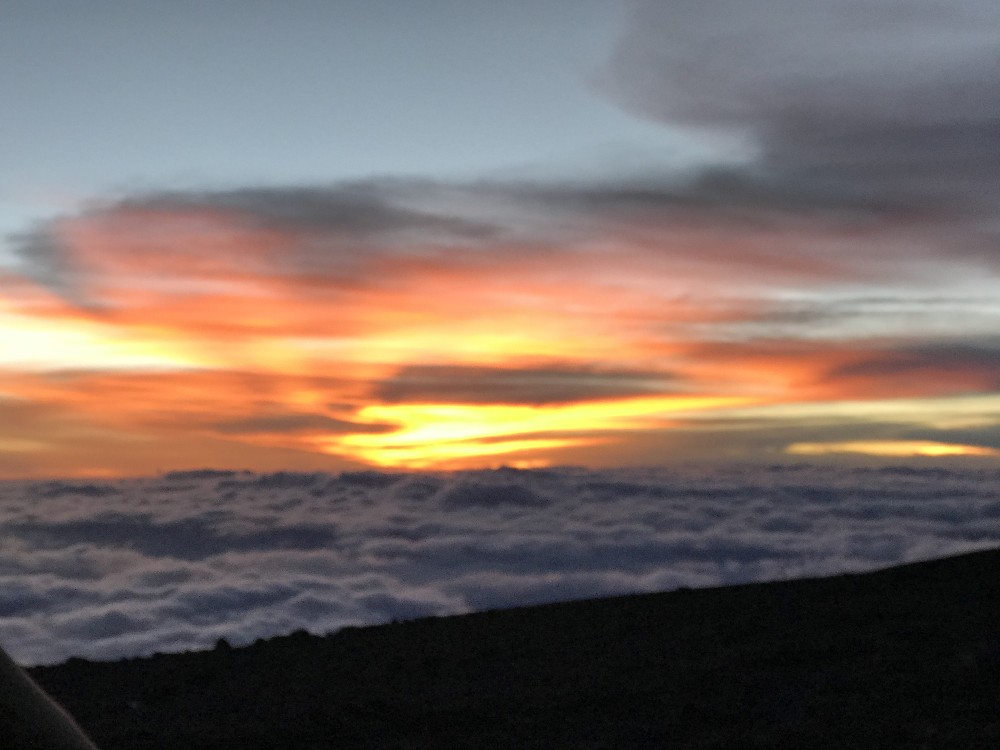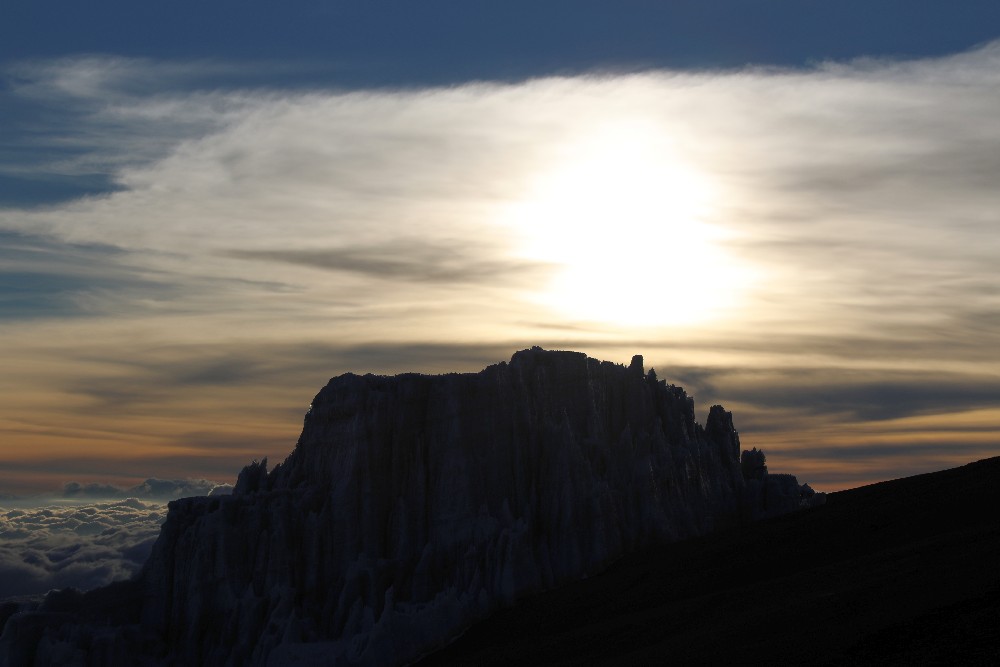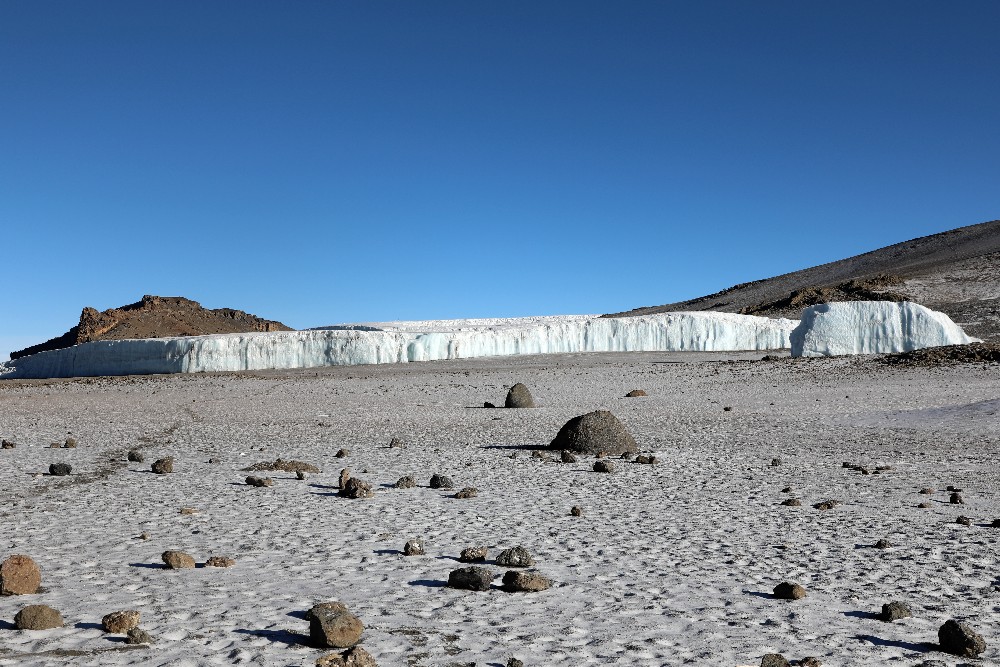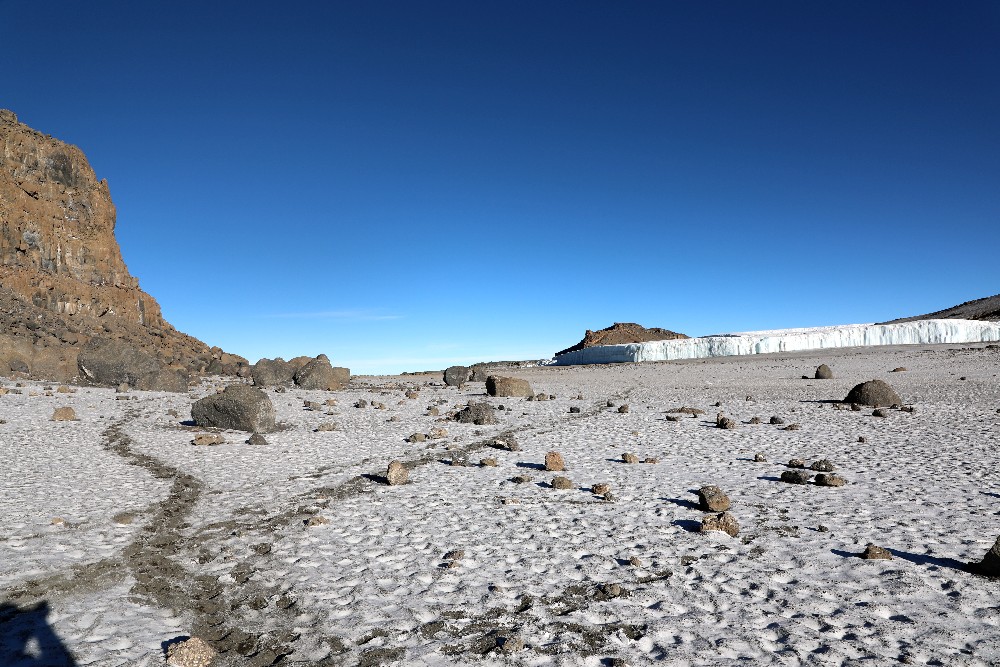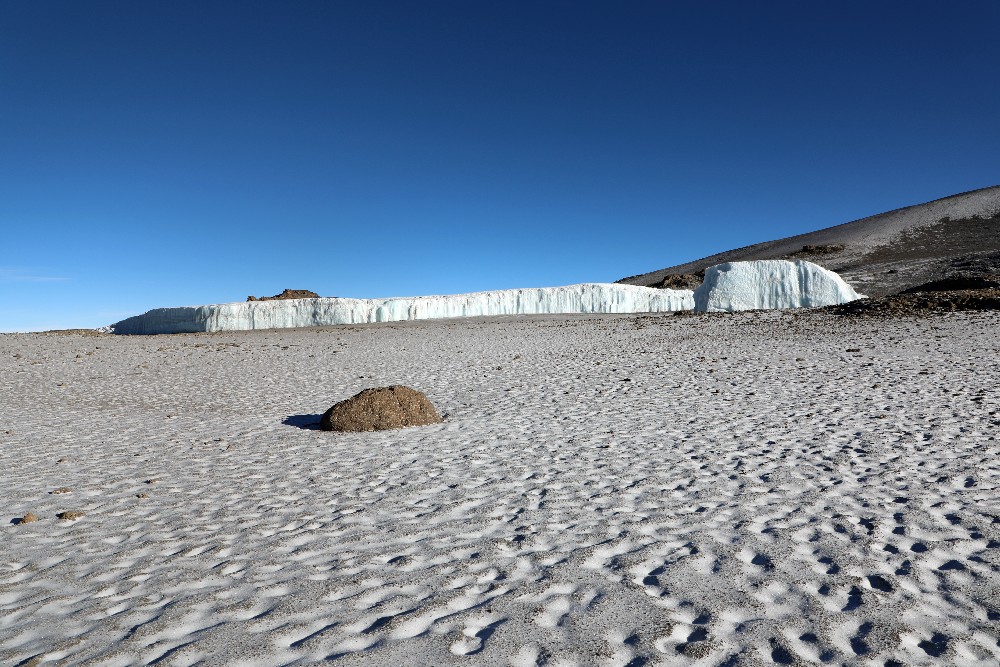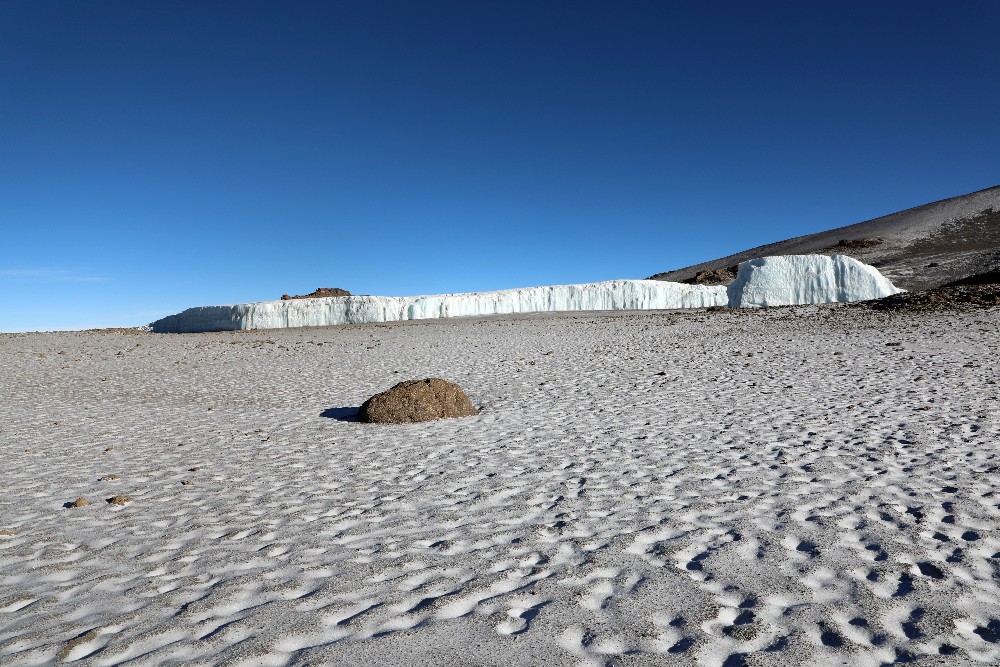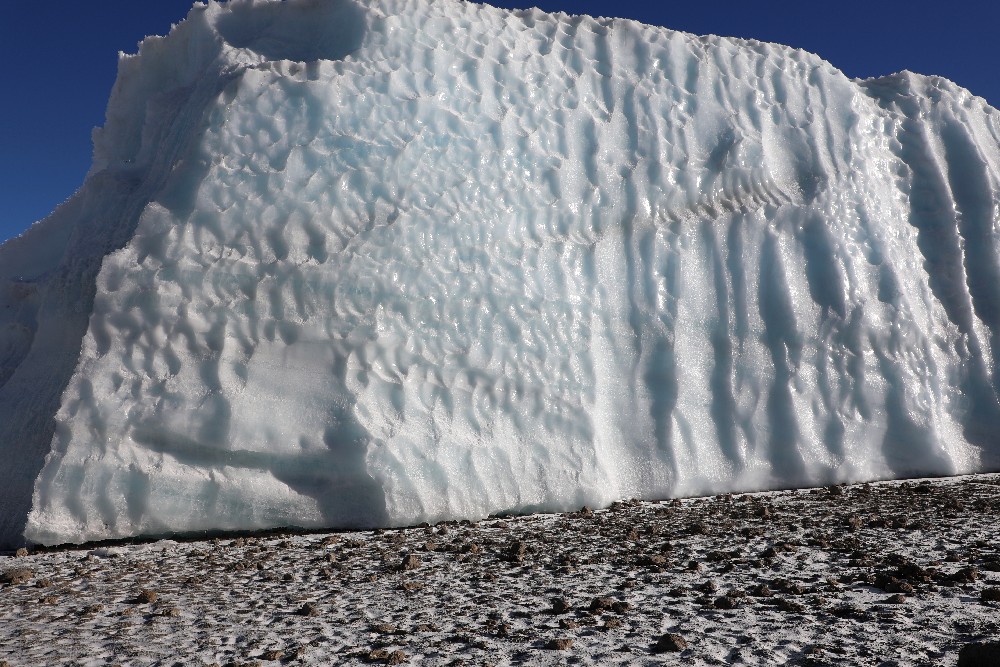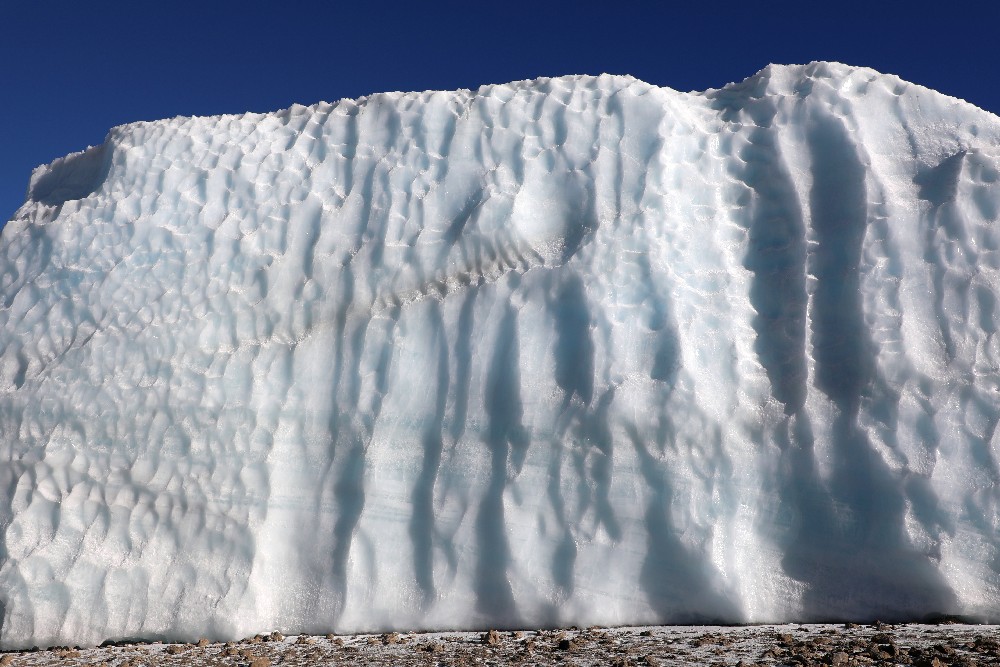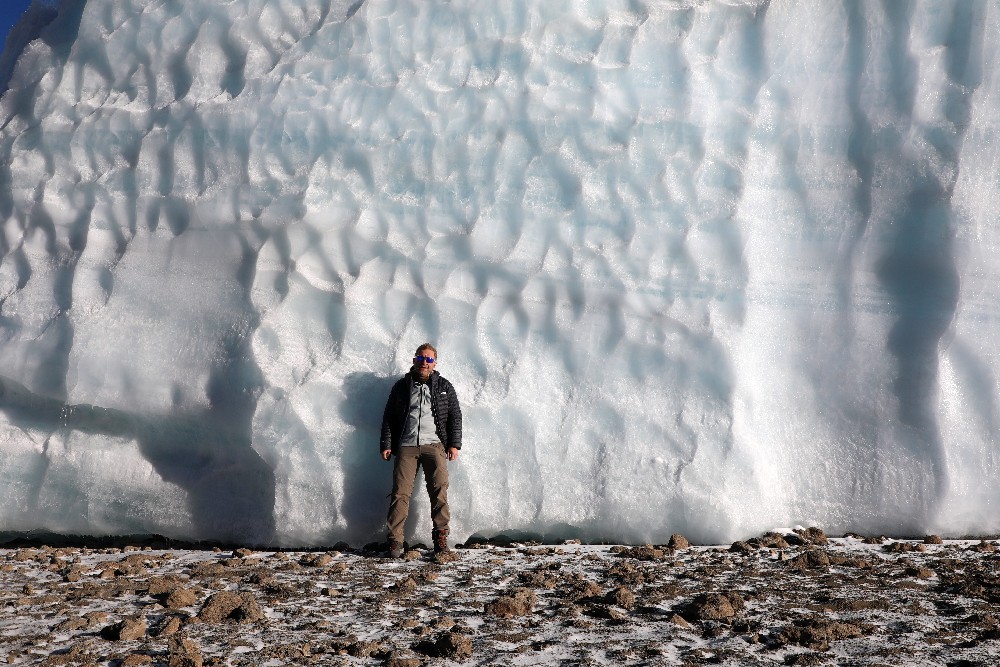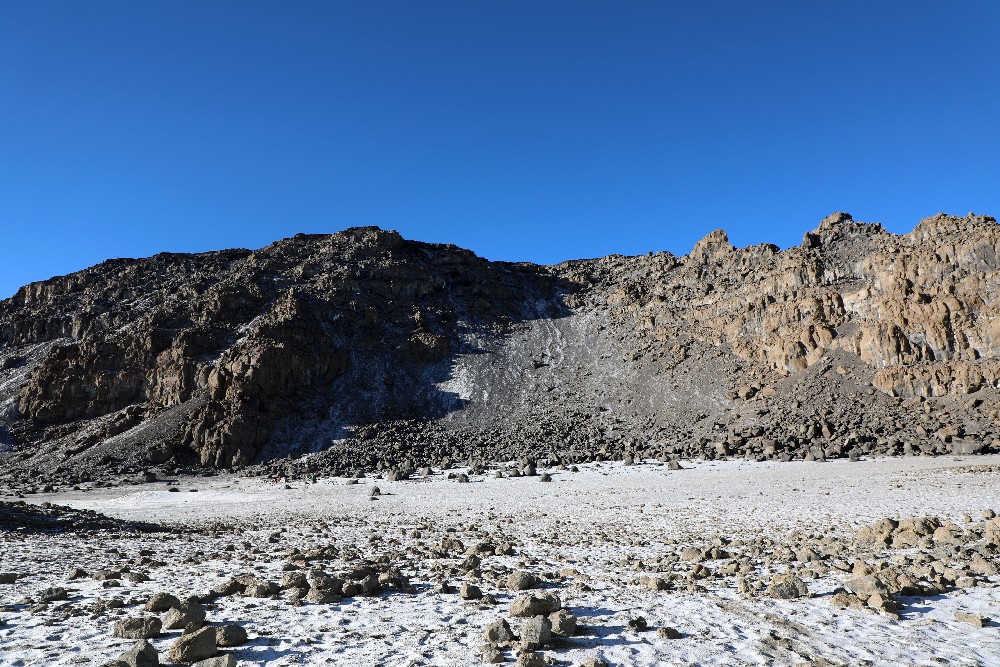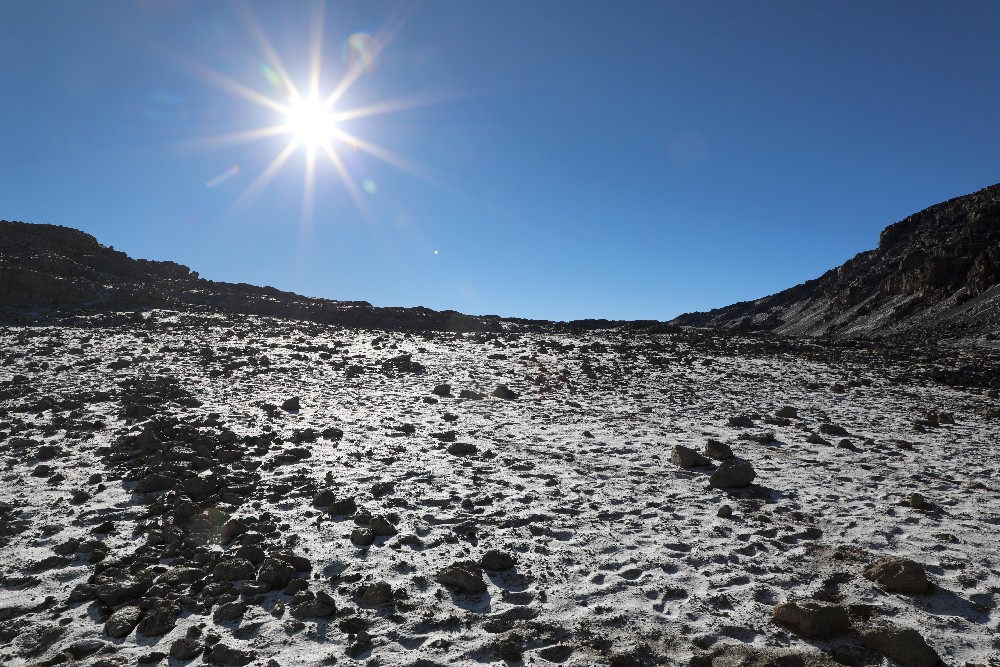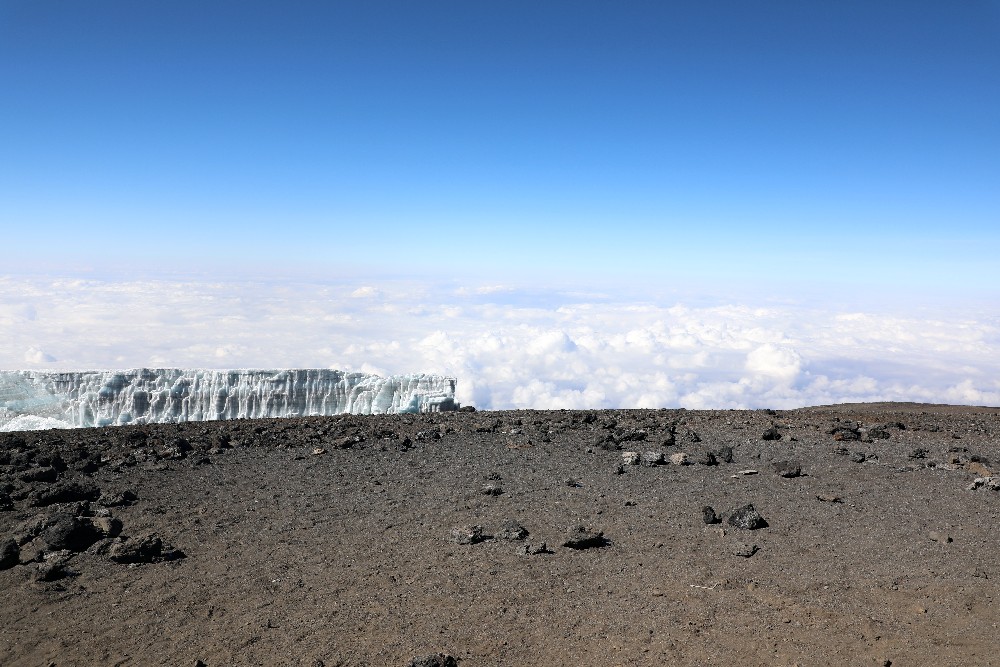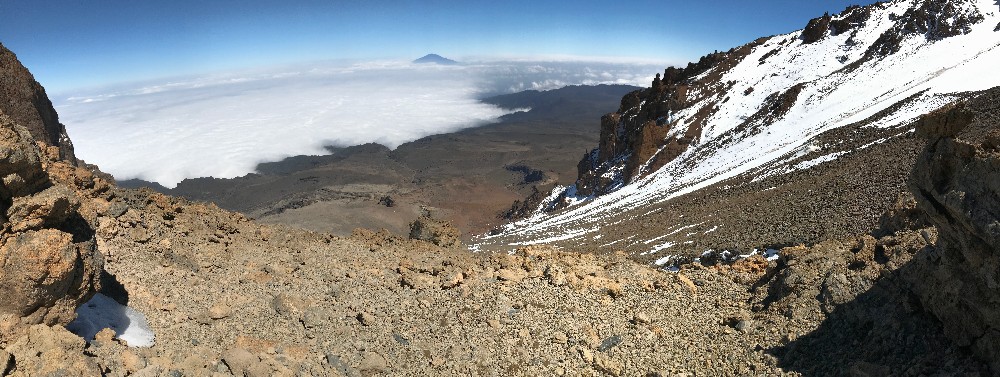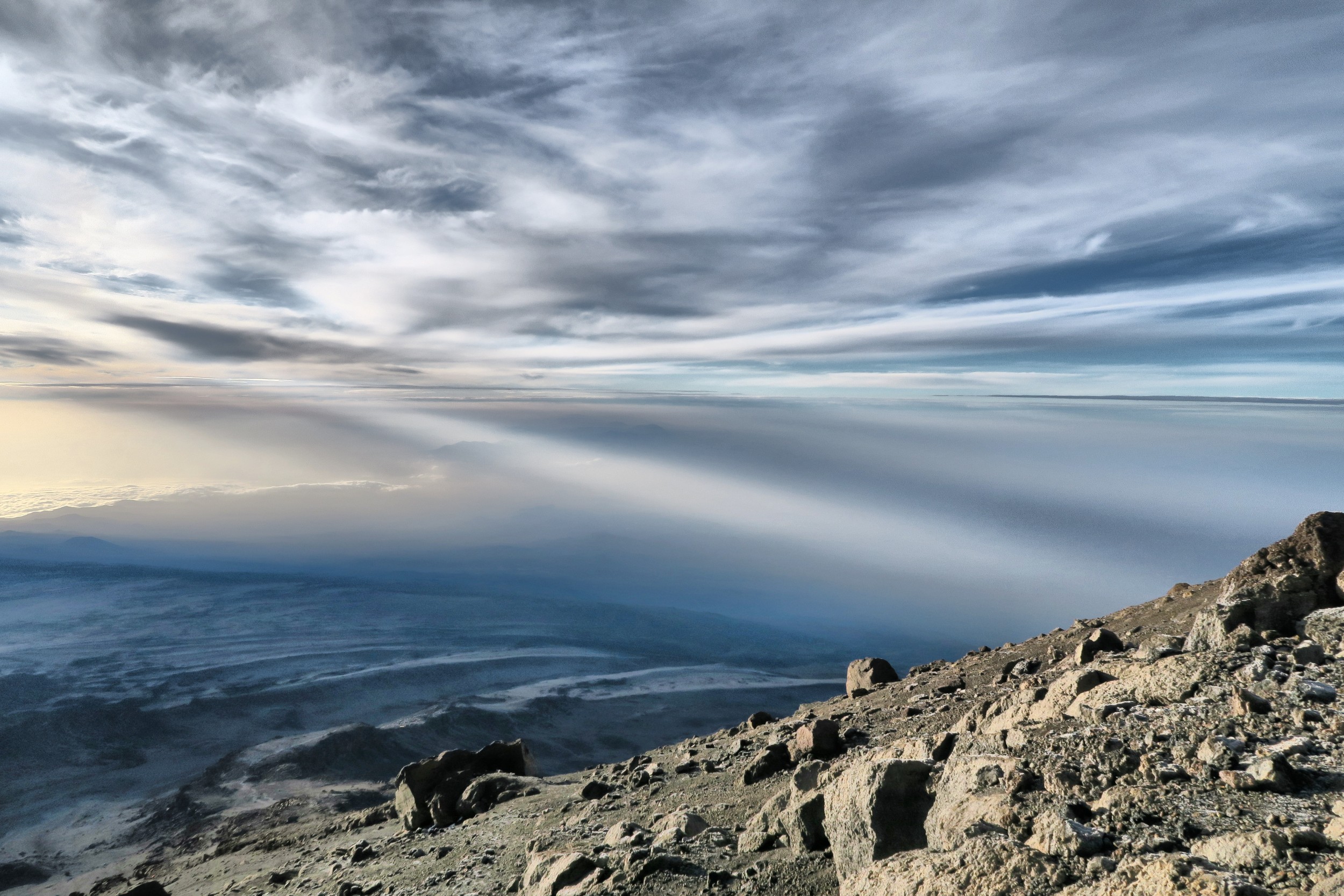
Kili Trekking
Reaching the #Kilithon Starting LineThe Umbwe Route is a short but also the most challenging one-way route on Mount Kilimanjaro. Due to the constant and fast ascent to high altitude, this route does not provide the necessary stages for acclimatization. Umbwe is considered to be very difficult and should only be attempted by strong hikers who are confident in their ability to acclimatize quickly to altitude. The number of people reaching the summit by this trail is very low. The route starts from the south of the Mount Kilimajaro, after reaching Barranco Camp, the trail turns east and traverses underneath Kilimanjaro’s Southern Ice Field on a path known as the Southern Circuit before summiting from Barafu.
| Day | Start | ALT (m) | ALT (ft) | Finish | ALT (m) | ALT (ft) | DIST(km) | DIST (miles) | Date |
|---|---|---|---|---|---|---|---|---|---|
| 1 | Umbwe Gate | 1 600 | 5 249 | Umbwe Camp | 2 940 | 9 646 | 11 | 7 | 12/4/2017 |
| 2 | Umbwe Camp | 2 940 | 9 646 | Barranco Camp | 3 976 | 13 044 | 6 | 4 | 12/5/2017 |
| 3 | Barranco Camp | 3 976 | 13 044 | Karanga Camp | 3 995 | 13 106 | 5 | 3 | 12/6/2017 |
| 4 | Karanga Camp | 3 995 | 13 106 | Barafu Camp | 4 673 | 15 331 | 4 | 2 | 12/7/2017 |
| 5 | Barafu Camp | 4 673 | 15 331 | Uhuru Peak | 5 895 | 19 341 | 5 | 3 | 12/8/2017 |
| 5 | Uhuru Peak | 5 895 | 19 341 | Crater Camp | 5 750 | 18 865 | 1 | 0,6 | 12/8/2017 |
| #KILITHON DAY | |||||||||
Route Details
Umbwe Gate (1800m) – Umbwe Camp (2850m)
Habitat: Montana Rainforest
Hiking Time: 5-6 hrs
After getting breakfast, we drive up to the Machame park gate to obtain climbing permits and then we drive back to Umbwe gate for 1.5hrs. In the Umbwe gate you can measure your luggage and show your permit. Then, we start to ascend in the Montana forest through the tree roots. After leaving the road, we reach the first lunch stop called Sarumba Camp, which is place where the porters fill the water for your collection before we reach the Umbwe Caves because there is no water in the Caves.
After 3hrs from this stage we complete trekking through the Montana forest to start trekking through heather and moorland. This is a sign that you are now close to the Umbwe Caves which is roughly ten minutes away. More a glorified overhang than a proper cave, the adjacent campsite dribbles up the ridge and is a rather charming spot, a quiet place hidden in the upper reaches of the forest where your porters and chefs are ready for you to camp overnight.
Umbwe Camp (2850m) – Barranco Camp (3950m)
Habitat: Heather & Moorland
Hiking Time 3-4 hrs
Early in the morning after getting breakfast you start the ascent to Baranco Camp. This path is short but is very steep on our way to the Baranco Camp as we tackle the Jiwe La Kamba/Rop Stone surfaces 45mins after leaving the Umbwe Caves. The trail goes through to the end of the Montana forest to a magical stretch of giant heather & moorland zone where giant groundsels and other strange plants on Kilimanjaro grow in abundance.
The walking is pretty much uphill all the way through, including many turns that are tedious rather than technical although this is nothing to fear. By the end you will have reached the Baranco Campsite, a wonderful sooted area at the junction of number of routes which lay on the border of the alpine desert. From here then you can have a lunch served by your chefs, and the tent will be ready for rest and camp overnight.
Barranco Camp (3950m) – Karanga Camp (3630m)
Habitat: Alpine Desert
Hiking Time: 7-8 hrs
After spending a night in Great Barranco Wall, you have to make your way up the rock face, this is not as easy as it seems and you may require assistance. Then you will top out just below the Heim Glacier. You can now appreciate just how beautiful Kilimanjaro really is. The route then heads down through the Karanga Valley, the last water stop on the route over intervening ridges and valleys before it joins up with the Mweka route, the preferred route down the summit. We overnight at Karanga.
Karanga Camp (3630m) – Barafu Camp (4600m)
Habitat: Moorland & Desert
Hiking Time: 3 hrs
After finishing breakfast you start the steep hill to ascend to Barafu Camp, this day is short but you will experience some mist and wind along the way. Then after 1.5hrs you will be near the Barafu Camp. Barafu is the Swahili word for ice. To get here, you will ascend up to ridge to 4600m to spend the night exposed to the over present gates in tents pitched on narrow and stony ridge.
Barafu Camp (4600m) – Uhuru Peak (5985m)
Habitat: Scree & Ice-capped Summit
Hiking Time: 9-10 hrs
We leave around midnight, between 23.00-23.30 to ascend through heavy scree to Stella Point (5568 m) on the crater rim. Here we stop for a short rest and, weather permitting, you’ll experience the most magnificent sunrise you are very likely to see. Then you start your summit attempt, ascending for about 2hrs to Uhuru Peak (5895m), the highest point in Africa. After reaching the summit we’ll follow the route to the Crater Camp for the last night before #Kilithon.
Uhuru Peak (5985m) – Crater Camp (5820m)
Habitat: Scree & Ice-capped Summit
Hiking Time: 1-2 hrs
#Kilithon preface 🙂 Uhuru Peak – to top of the world’s highest freestanding mountain Kilimanjaro.
Crater Camp (5820m) – Uhuru Peak (5985m)
Habitat: Scree & Ice-capped Summit
Hiking Time: 1-2 hrs
Last early-morning trek back to Uhuru Peak where the #Kilithon starts.
